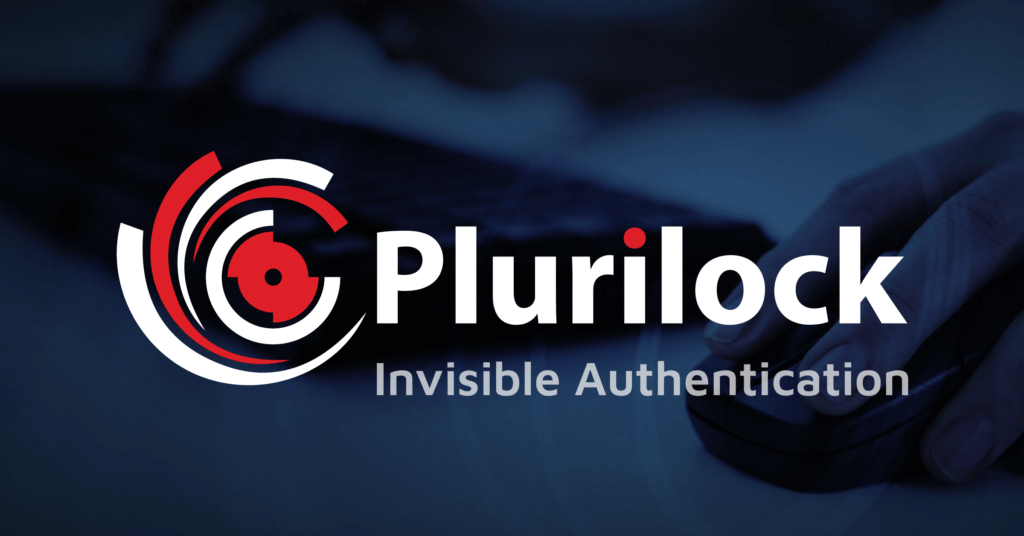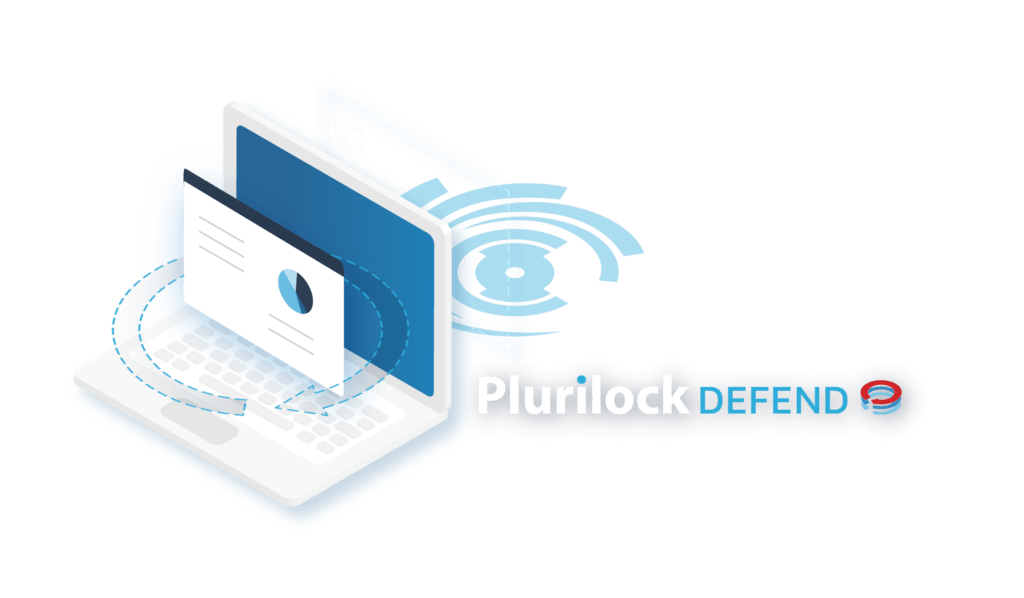How does Plurilock™ support my “zero trust” framework and environment?
Plurilock supports zero trust by enabling organizations to continuously authenticate users in the background, as they work. Continuous authentication occurs as users interact with their
How are Plurilock ADAPT and Plurilock DEFEND different from one another?

Plurilock ADAPT provides multi-factor authentication for login or credential workflows, while Plurilock DEFEND provides continuous authentication for endpoints and workstations. Plurilock ADAPT is deployed in
What happens when ADAPT or DEFEND authentication fail?
The actions to be taken in case of an ADAPT or DEFEND authentication failure are configurable. When Plurilock ADAPT fails to confirm the identity of
What are Plurilock’s false acceptance and false rejection rates?

Plurilock authentication boasts industry-leading accuracy in behavioral biometric authentication. The false acceptance rate (FAR) and false rejection rate (FRR) metrics are typically applied to traditional
How is Plurilock deployed? Is it difficult to do?

Deploying Plurilock products is a relatively simple task, though integrating them into a comprehensive security apparatus may in some cases be a more complex undertaking.
How resource-hungry are Plurilock solutions?

Both Plurilock ADAPT and Plurilock DEFEND rely on a lightweight agent that imposes very little resource overhead. Plurilock’s ADAPT agent is a small script included
Which types of login workflows can be protected by Plurilock ADAPT?

Plurilock ADAPT currently supports JavaScript-compatible and ADFS login workflows. As a result, ADAPT can be used with web and cloud-based applications and systems, any logins
Is Plurilock ADAPT compatible with our existing single sign-on (SSO) infrastructure?
Yes, Plurilock products can be integrated into existing SSO login flows to enhance security. Plurilock ADAPT is often integrated into SSO login workflows as an
Does Plurilock establish our compliance with regulation(s) X, Y, and/or Z?

It’s complicated. Compliance is generally an awarded status resulting from the verification that a combination of policies, procedures, roles, and technologies have been implemented. For
Do Plurilock™ products still work if users rely on password managers to enter their credentials?

Yes and no. Some Plurilock products work with password managers, while all Plurilock products make password managers far less necessary. Because Plurilock’s continuous authentication products
Do Plurilock products still work if users rely on their browser to store and enter their credentials?

Yes and no. Some Plurilock products work with in-browser password storage or password managers, and all Plurilock products make automated password management far less necessary.
What can I use Plurilock for?
The two most common Plurilock use cases are invisible multi-factor authentication (MFA) at login and continuous authentication throughout the workday. In the case of login
How scalable is Plurilock™?

As SaaS products, both Plurilock ADAPT and Plurilock DEFEND scale seamlessly to meet customer needs. The on-site resource requirements for Plurilock are trivial in modern
How configurable is Plurilock?
Plurilock is highly configurable, both though administrative backend tools and concise API access. The lightweight nature of Plurilock’s on-system agents mean that it can be
What languages (localizations) does Plurilock support?

Plurilock’s authentication tools operate without regard for the localization (language) used on any particular system. Plurilock’s backend administration interface is currently available in English.






